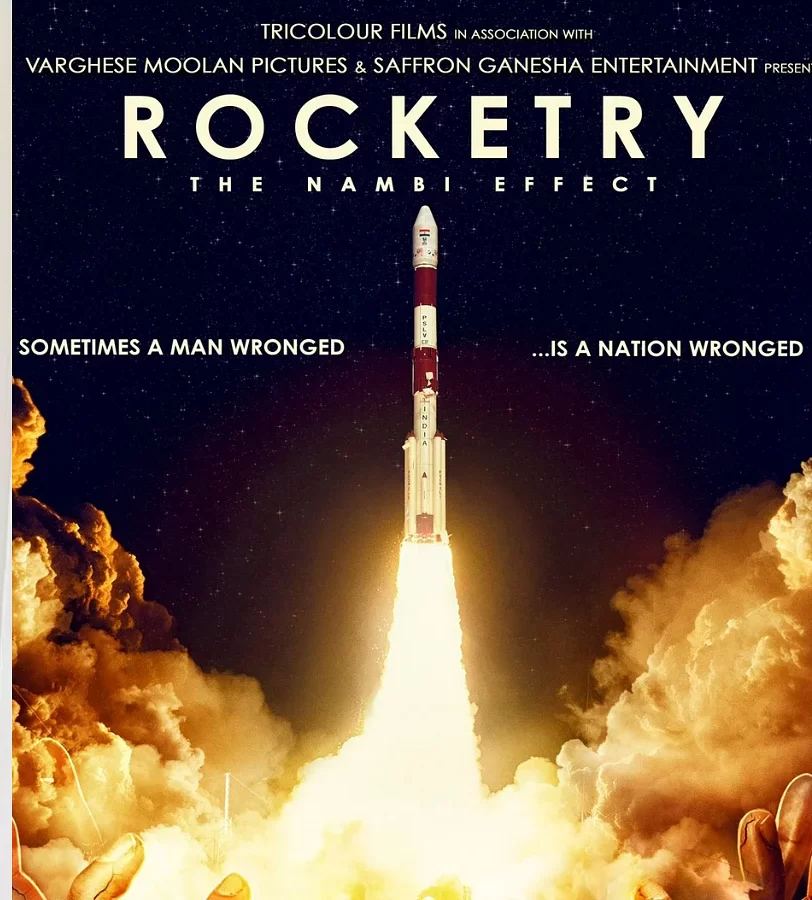MUMBAI: During 2006, the International Chamber of Commerce’s BASCAP Intelligence Reports monitored 414 global incidents of intellectual property theft which relate primarily to mobile, temporary, and low rent locations in 44 countries. Street vendors, car boot sales, markets, trade shows, mall outlets, purse parties, hotels, rallies, and bazaars represent 25 per cent of the 1,647 incidents monitored valued at $1.9 billion in 2006.
Although law enforcement is aware of the activities which occur at these locations, the public is not always privy to this information. In an effort to warn consumers regarding the location of illegal and harmful products, the ICC has published a list of areas where fake goods have been traded.
“Consumers seeking to protect themselves from these goods should be aware these locations have been previously investigated for sales of counterfeit and pirated goods,” said Glen Gieschen, the manager of the Intelligence Reports program. “Mobile locations are an obvious choice for any criminal, whether they peddle methamphetamine, bootleg DVDs or knockoff handbags, these locations are easier to evade the scrutiny of law enforcement. The use of temporary venues also serves to increase the investigative resources required thus limiting law enforcement efforts and low rent venues such as farmers markets and some mall outlets are attractive to counterfeiters seeking to maximize their profits and fund-raising efforts.”
Top locations raided in 2006:
1. Palika Bazaar (India)
2. Burma Bazaar (India)
3. Canal Street (USA)
4. New Divisoria Mall (Philippines)
5. Paddy’s Market (UK)
6. Petaling Street (Malaysia)
7. Ratu Plaza (Indonesia)
During 2006, the top seven locations analyzed represent multiple raids and seizures throughout the year. Moreover, the entire list encompasses more than 44 countries indicating the demand for knockoffs is global. The primary focus of investigations at these venues centered on two areas, the entertainment and software industry (53.8 per cent of cases), and clothing and accessories (29.4 per cent). These locations were also found to sell a wide range of other fake, high demand consumer items which include jewelry, watches, electronic equipment, perfume, cosmetics, cigarettes, pharmaceuticals, alcohol, books, computer equipment, toys, and sports equipment.
Other areas of concern focus on the links to undesirable and other criminal activity. Analysis indicates one of every 20 vendors who peddle these goods is funding their own personal drug use or trafficking, sells pornography, carries weapons, are illegal immigrations, or have committed assaults, welfare fraud, tax evasion, money laundering, murder, theft and terrorism. According to Glen Gieschen, “Many of these markets contain hundreds of stalls which increase the chances of buying phony goods which fund these types of activities and helps fuel the tremendous growth of counterfeiting and piracy. To attack this problem, the market owners need to police their own venues, otherwise they are profiting from illegal sales and helping to launder goods which support other types of criminal activity.”
Ronald Brohm, Director of SNB-REACT, an anti-counterfeiting organization which represents 135 brands and investigates 4,000 cases in Europe each year states, “By focusing on these outlet points, you can target the majority of counterfeit sales. Leaving these outlets untouched, which is now happening frequently because the problem is already too wide spread and enforcement is afraid of public escalation, establishes a perfect platform for the organization of this crime to further develop. Landlord liability for market management would be a break through.”
The Director-General of the Anti-Counterfeiting Group, Ruth Orchard believes “the website publication by BASCAP of a long list of markets worldwide will be of great value in the many attempts to educate consumers – both by government and by industry – since, as far as we know, this information has not been readily available before on such a scale. This groundbreaking initiative will also assist law enforcement and industry more effectively to target the problem markets of the world, which currently harbour the retail ‘front-end’ of the counterfeiting supply chain.”
“In the future, it may be possible to publish a list of companies which manufacture and sell bogus goods to further assist consumers and press for more effective strategies to combat this problem” said Glen Gieschen, “Currently we maintain a list of more than 1,050 companies involved in counterfeit activity.”




